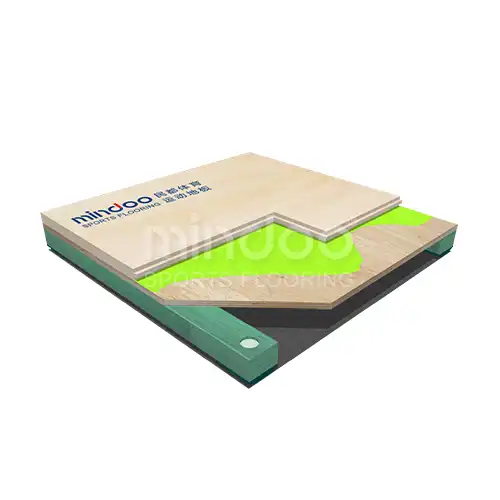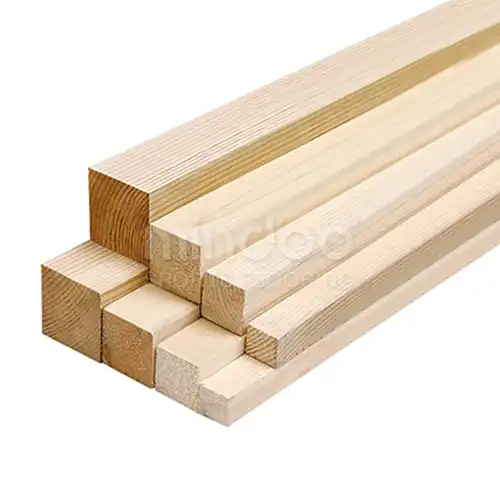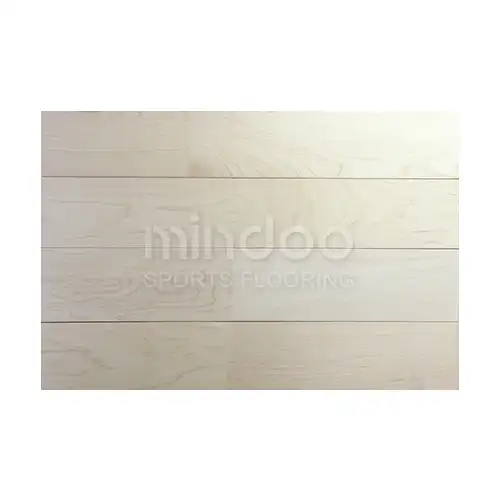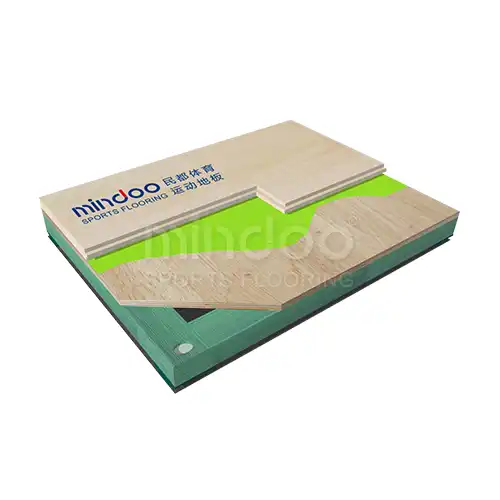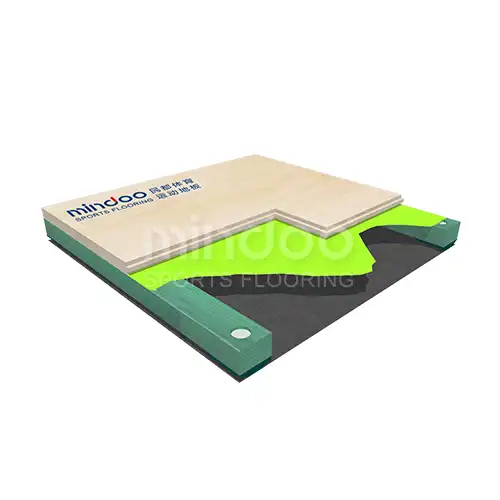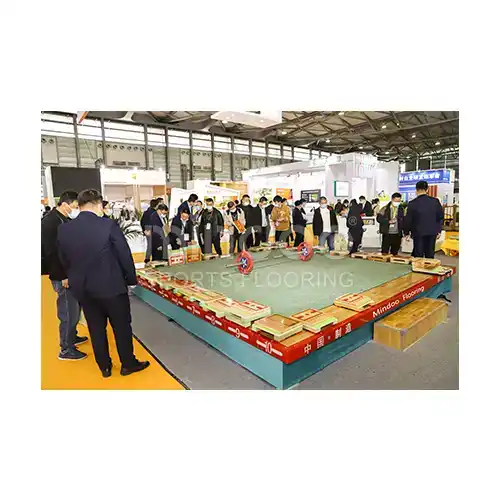The Impact of Prolonged Sunlight Exposure on Sports Wood Flooring
When it comes to maintaining the longevity and appearance of sports wood flooring, sunlight might be the last thing on your mind. After all, sunlight is a natural and healthy part of our daily environment, so how could it possibly be harmful to something as solid and enduring as a wood floor? The truth is, extended exposure to direct sunlight can have several negative effects on the performance, appearance, and durability of sports wood flooring. Let’s dive into the science behind it and explore why sunlight can be a potential threat to your floor, and how you can mitigate the damage.

Why Sunlight Affects Wood Flooring
Wood, by its very nature, is an organic material. When exposed to sunlight, the UV rays can cause chemical reactions within the wood's surface that can lead to significant changes. These changes are particularly concerning when it comes to wood used in sports floors, which are engineered to provide specific performance characteristics such as grip, shock absorption, and a smooth playing surface.
The harmful effects of sunlight are primarily linked to ultraviolet (UV) radiation. UV rays penetrate the wood’s surface, breaking down the lignin, the natural polymer in wood that holds the fibers together. This results in fading, discoloration, and deterioration of the wood, which can compromise the integrity of the floor and its ability to function optimally for sports.
The Main Hazards of Sunlight on Sports Wood Floors
Discoloration and Fading
One of the most noticeable effects of prolonged sun exposure on sports wood flooring is discoloration. UV rays cause the pigments in the wood to break down, leading to fading. Over time, this can result in uneven color changes, with some areas of the floor looking significantly lighter or more yellowed than others. This is especially problematic for spaces where aesthetics matter, such as gyms, arenas, or basketball courts, where the uniformity of the floor’s appearance plays a key role in the overall design.

Surface Damage and Degradation
Sunlight can cause the wood surface to dry out, resulting in cracks, splits, or warping. This is a concern for sports floors, which need to remain level and smooth for safe play. As the wood dries out from sun exposure, it loses moisture, which can cause it to shrink and warp. This deformation can affect the floor's performance, potentially leading to uneven surfaces that could pose a safety risk to athletes. In some cases, the wood may even become brittle, making it more prone to dents and scratches from equipment or foot traffic.
Loss of Traction and Grip
The protective finish applied to sports wood floors is designed to provide a certain level of grip for athletes. However, UV radiation can break down these finishes over time, making the surface more slippery. As the finish deteriorates, the floor becomes less effective at providing the necessary traction for fast-paced movements, increasing the risk of slipping and injuries. This is especially dangerous in sports like basketball, volleyball, or indoor soccer, where quick lateral movements are crucial.
Increased Maintenance Requirements
Sunlight exposure can also increase the maintenance needs of your sports wood flooring. As the surface begins to degrade and lose its original sheen, more frequent refinishing and repairs may be required to restore the wood's condition. The cost and effort associated with these additional maintenance tasks can be a significant inconvenience, not to mention the disruption it may cause to daily training or games.
How to Protect Your Sports Wood Floor from Sunlight Damage
Use Window Coverings
The simplest and most effective way to protect your sports wood floor from UV damage is to block out sunlight. Installing window coverings such as blinds, shades, or UV-filtering curtains can help limit the amount of direct sunlight entering the space. Consider installing UV-blocking window films that reduce the penetration of harmful rays without compromising natural light. These films can be particularly useful for gyms or sports facilities that require a balance between light and protection.
Move Furniture or Equipment
If possible, try to move equipment or furniture around periodically to prevent one area of the floor from being exposed to direct sunlight for too long. This will help distribute the exposure more evenly across the floor and reduce the risk of one spot becoming significantly faded or damaged. Some facilities also opt for floor mats or area rugs that can be placed in high-traffic areas or areas that receive the most sun exposure. These can act as barriers to protect the floor from direct sunlight and physical wear.

Maintain Proper Humidity Levels
Wood floors are sensitive not only to sunlight but also to changes in humidity. Ensure that the indoor environment maintains a consistent level of humidity (ideally between 40% and 60%) to help stabilize the wood and prevent excessive shrinkage or expansion. Using a humidifier or dehumidifier can help regulate the moisture levels, especially in areas with fluctuating seasonal conditions.
Apply UV-Protective Coatings
One of the best ways to prevent sunlight from damaging your sports wood floor is by applying a UV-protective finish. Many manufacturers offer finishes that contain UV inhibitors, which are designed to block harmful UV rays and protect the wood from fading and degradation. Reapplying these finishes periodically will not only enhance the floor's durability but also improve its overall appearance and performance.
Opt for Synthetic Alternatives
If sunlight exposure is unavoidable due to the design of the space, consider using synthetic or engineered flooring options designed for sports environments. Some modern synthetic sports floors, such as vinyl or polyurethane surfaces, are more resistant to sunlight and UV radiation. These materials can provide an alternative to traditional wood floors, especially in environments where sunlight exposure is a constant concern.
By understanding how sunlight affects wood and taking proactive steps to protect your flooring, you’ll not only maintain its aesthetics but also preserve its functionality, ensuring a safe and effective environment for athletes for years to come.
